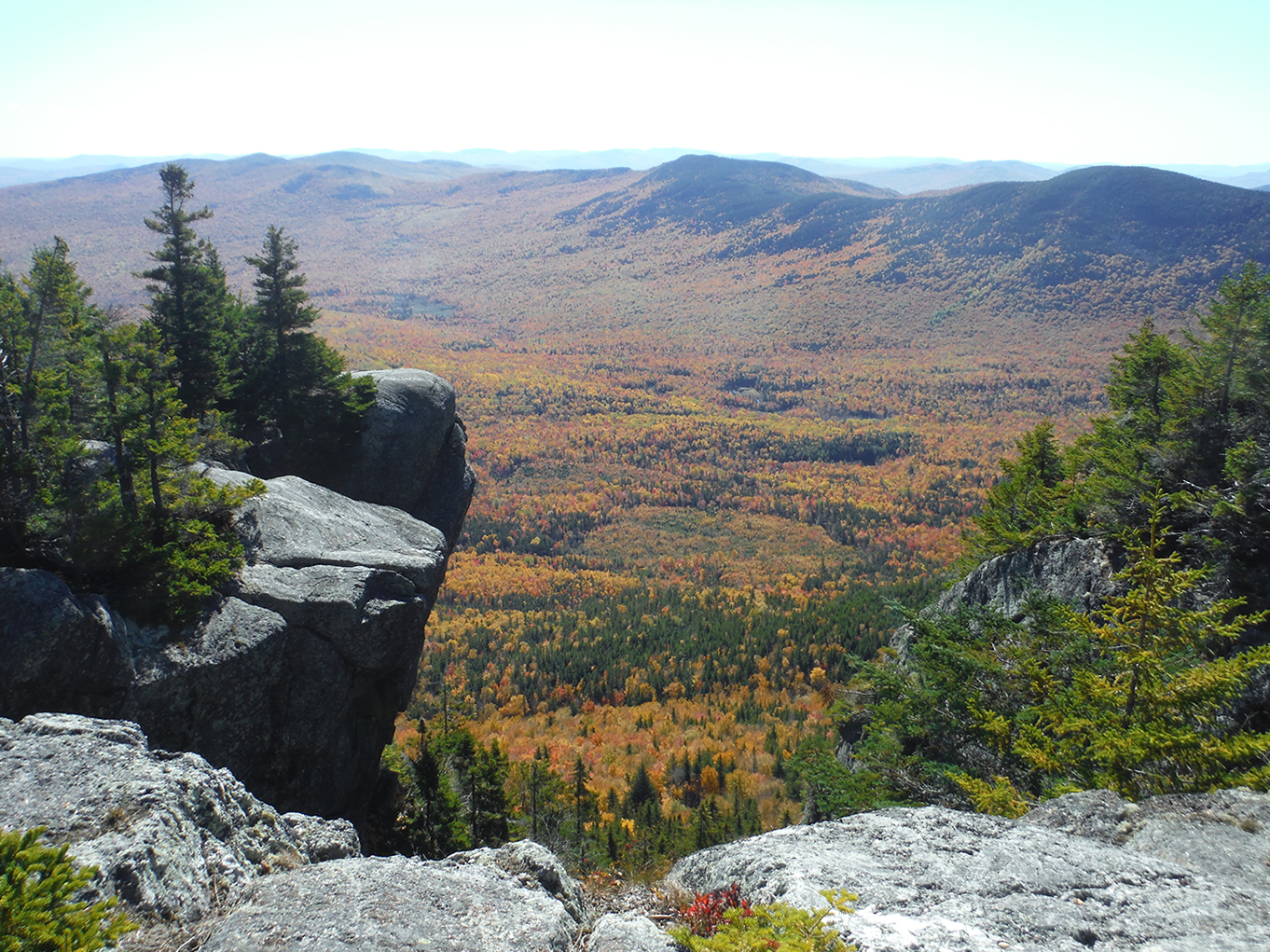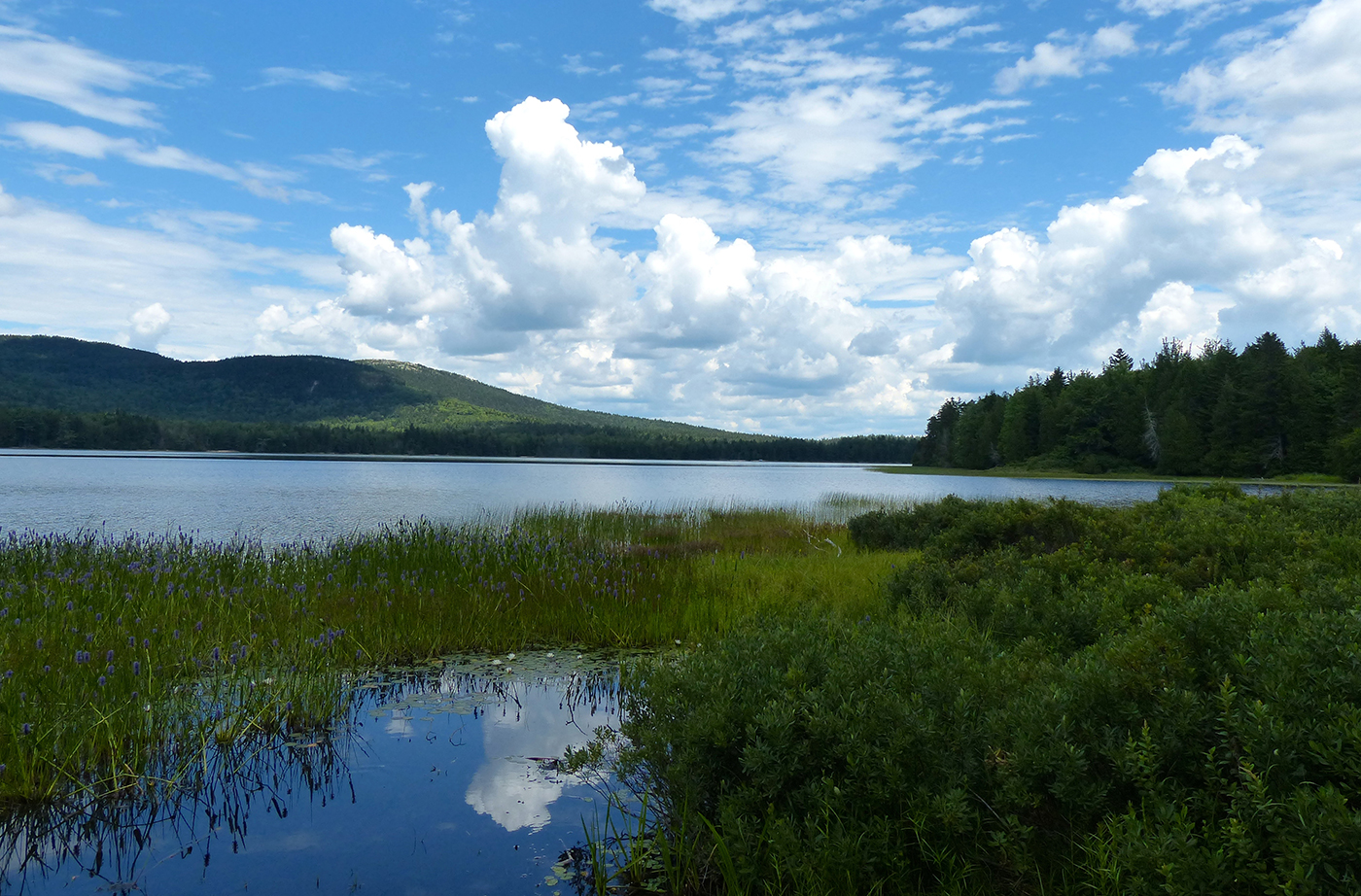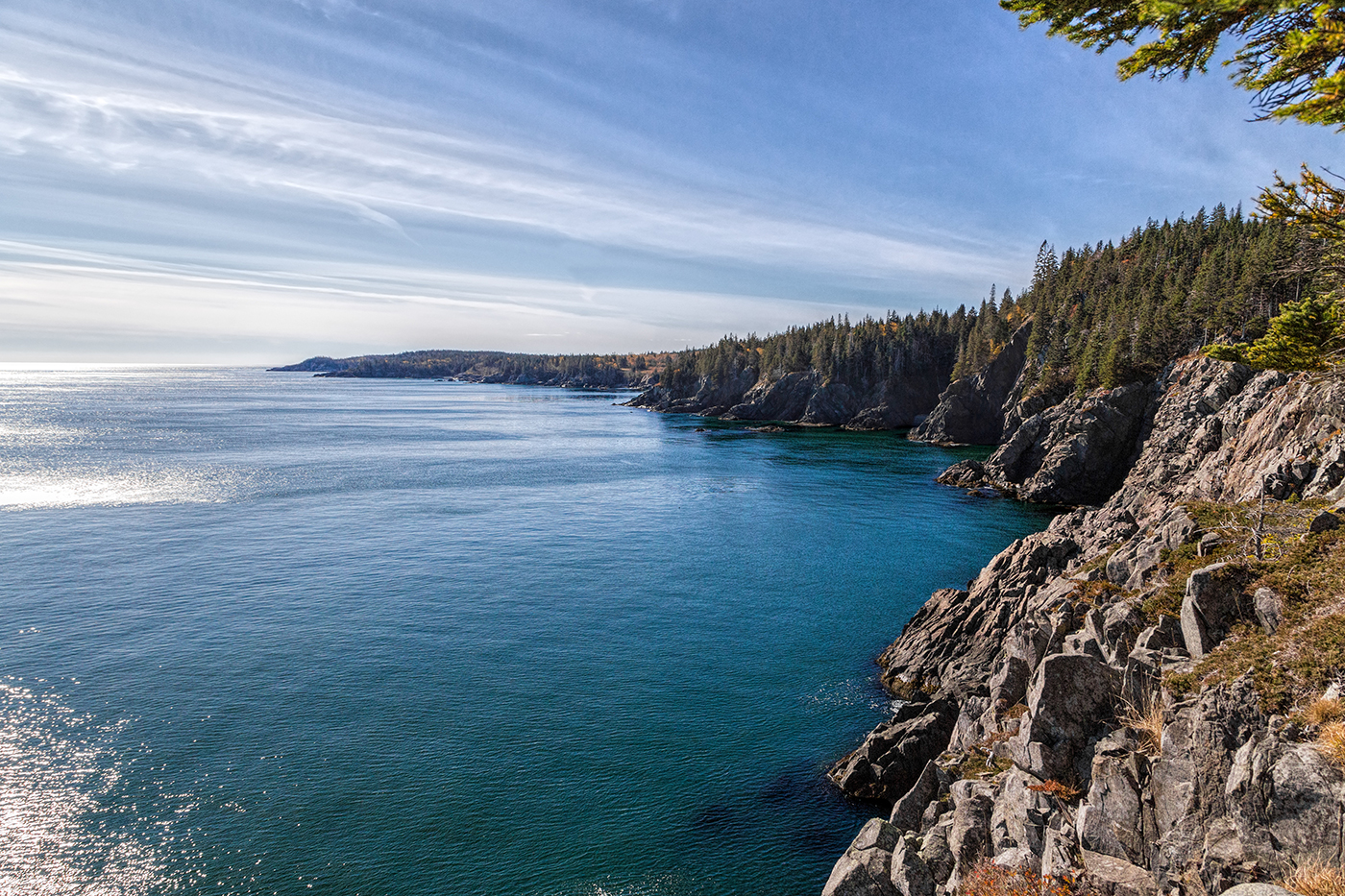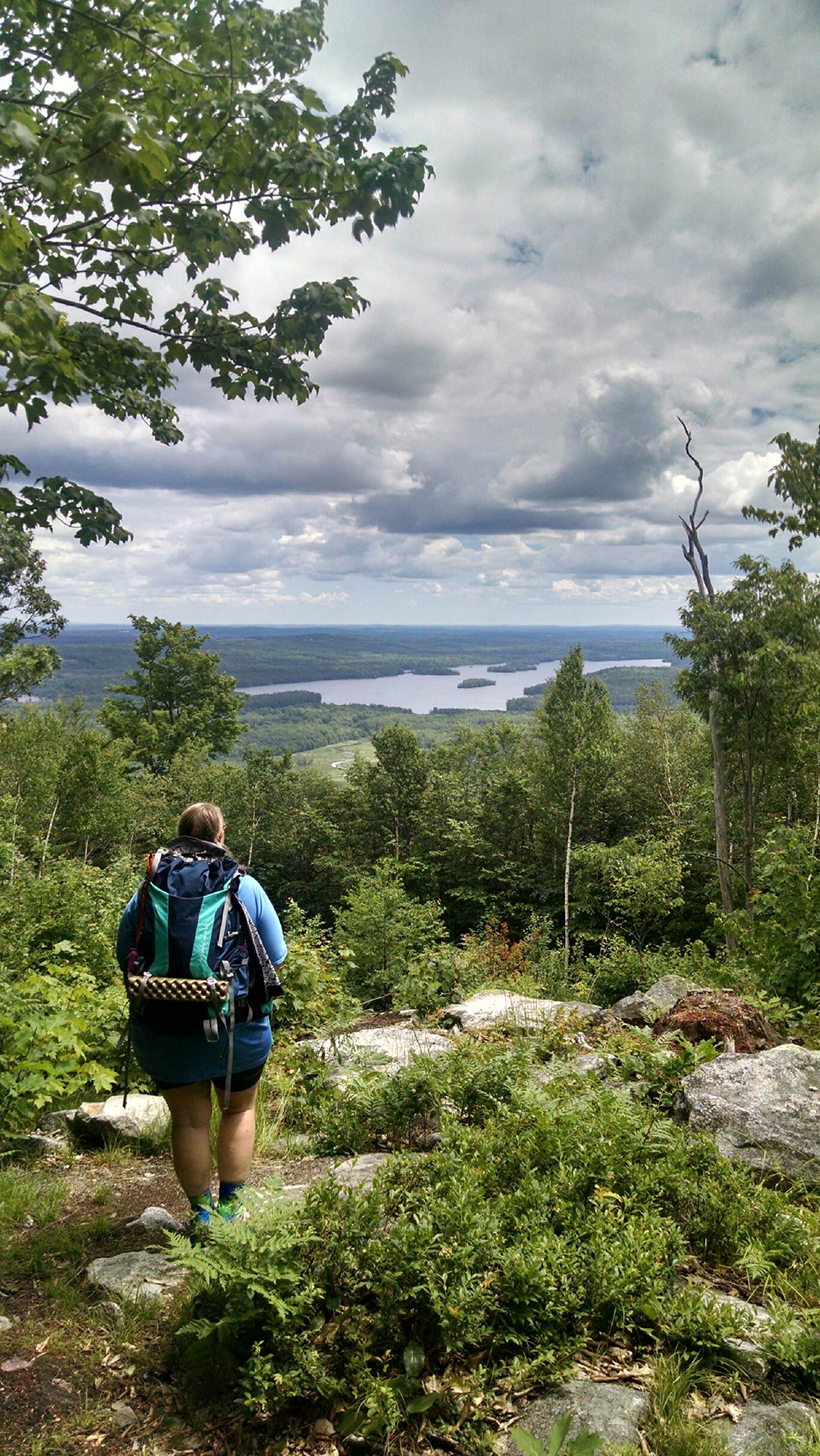When Land for Maine’s Future (LMF) was enacted in 1987, the program was remarkably forward-looking and a harbinger of good things to come. Over the past three decades, LMF has become Maine’s most important and popular land conservation program. But the program has not received any new funding since 2012, which is why we’re working hard to secure passage of a new bond measure this year.

Tumbledown Mountain in western Maine, by Nathan Hillman
Prior to the 1980s, the North Woods was owned by just a handful of landowners. Since 2000, however, Maine’s paper companies and major timberland owners have sold land to a broad range of landowners who are interested in short-term profits more than long-term ownership for timber management. Today, more than a hundred different entities own land in the North Woods and land changes hands often, making it an increasing challenge for organizations like the Natural Resources Council of Maine, to track management practices and development proposals.
At the same time, development pressures elsewhere in the state threaten to limit public access to open space and recreation lands and damage the character of Maine.

Little Tunk Pond in Hancock County, by Kathleen Lafferty
The Land for Maine’s Future program has played a vital role of protecting many of Maine’s gems, such as Tumbledown Mountain and Mount Kineo, while also supporting conservation easements across hundreds of thousands of acres of forestland. Land for Maine’s Future is a State-administered program that adds land to the public domain through acquisitions and easements. The motivations for creating LMF 33 years ago ring true today:
- Maine has less public land proportionately than other states in the country;
- Real estate prices are rising and quickly becoming out of reach for most residents;
- Sensitive lands and resources aren’t well protected and are threatened by development; and
- The public interest is served by creating more public land.
LMF is the state’s most successful conservation program, having funded more than 300 projects and protected more than 600,000 acres of natural and working lands. Mainers value our exceptional natural resources and understand it’s the core of our way of life and resource-based industries, but threats to our environment remain fierce.

Bold Coast in Cutler, Maine, by Skip King
LMF helps us leave a legacy for future generations to live in a place that’s as beautiful and special as we know it to be. But LMF is about so much more than recreation and conservation. LMF lands also:
- Build ecological resilience and protect wildlife habitat: The North Woods is the largest tract of undeveloped forest on the U.S. East Coast. Development and fragmentation of the landscape change the composition of the surrounding natural habitat. Public lands curtail development and sprawl and enjoy high standards of land management, which helps build ecological resilience and can preserve the character of the North Woods. Land protection and proper stewardship support biodiversity and provide essential habitat for wildlife. An ecosystem that’s resilient and biodiverse can better bounce back when met with change or stave off long-term, negative impacts.
- Expand access to get more people outside: The “outdoors” can refer to so much more than remote wilderness, high mountain peaks, and backcountry. It can refer to a beach or some walking paths near where you live and work. Public lands closer to community centers make for an easier entry point than places where the amount of planning, travel, and equipment required is a deterrent or barrier for some people. We need more areas where people of all ages and abilities can explore or enjoy the unique value of the clean air, clean water, and a healthy landscape. Because LMF lands allow a suite of outdoor activities, like birdwatching, hunting, fishing, kayaking, and oftentimes income-generating activities, like timber harvest, there’s something for everyone.
- Boost local economies: Beyond funding conservation and recreation, LMF funds working waterfronts and working farmlands that are an essential part of Maine’s identity. These areas of cultural and economic significance are the backbone of small, rural communities. LMF funding gives resource-based industries a boost while enabling these vibrant community-based economies to continue to thrive.

Round Top at Kennebec Highlands in Central Maine, by Barbara Heap
There’s a bill at play this legislative session, LD 911, that would provide $75 million for the Land for Maine’s Future program and $20 million for fixing state parks. NRCM and more than 100 conservation-minded businesses and organizations are urging legislators to support LD 911 to provide long-needed funding for LMF and state parks. The need for LMF hasn’t gone away; in fact, it’s grown greater since the program’s inception. It’s time to reinvest in LMF.
—Melanie Sturm, NRCM Forests & Wildlife Director
Use NRCM’s Explore Maine Map to plan your visits to Land for Maine’s Future locations around the state.










Leave a Reply